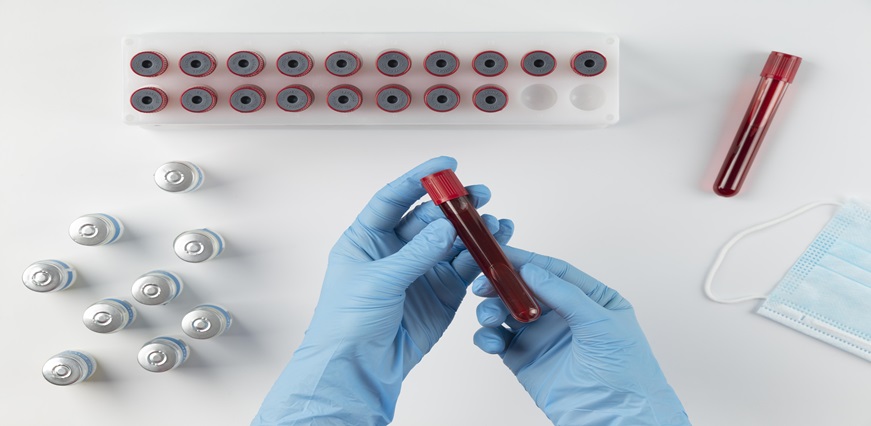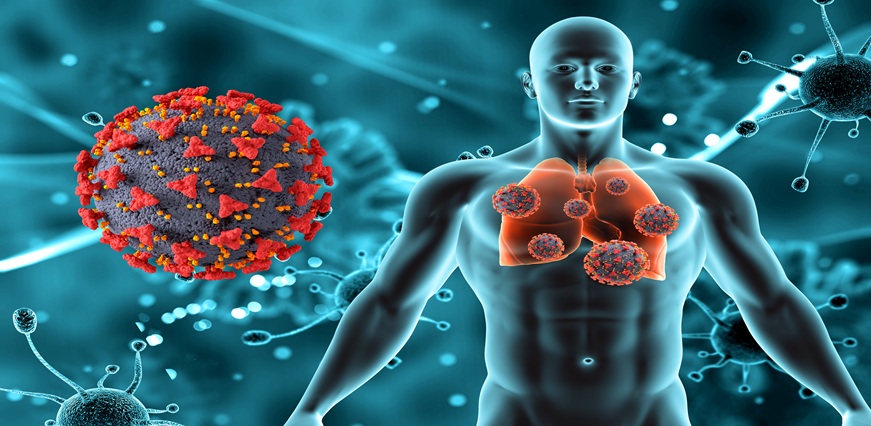An ammonia test is a simple blood test for measuring the amount of ammonia in a given blood sample. The test is one of the fundamental tests doctors prescribe to determine how low, high or normal levels of ammonia are present in an individual’s body. Ammonia or NH3 is a waste product healthy intestines produce when an individual digests protein from their food intake. As a result, the liver absorbs ammonia and produces urine, which ultimately is disposed of by the body. In contrast, when an individual suffers from a kidney or liver infection, the level of urea rises in the body, which can lead to abnormal ammonia levels and cause serious repercussions to the body if not treated on time. Too much ammonia in the bloodstream can cause health problems, such as confusion, lower response, breathing trouble and other critical health issues.
Read further to understand further about the purpose, procedure, preparation and results of the Ammonia test.
Purpose of Ammonia Serum Test
The fundamental purpose of ammonia testing is to detect abnormal levels of ammonia in the blood, aiding in the diagnosis of liver and kidney disease. The test is also prescribed when a healthcare professional finds irregularities in the urine cycle of an individual or receives complaints of drowsiness, disorientation, speech defects, agitation, seizures, lethargy or change in personality as some of the symptoms.
An ammonia blood test can help diagnose the following health conditions:
Hepatic Encephalopathy
Hepatic Encephalopathy is a rare condition that happens when an individual’s liver is too damaged to process ammonia in blood properly as it should. This leads to a buildup of ammonia that ultimately travels to the brain, causing disorientation and confusion. The results of ammonia buildup in the brain can sometimes be fatal as well.
Reye Syndrome
Reye Syndrome is another rare disorder that can affect brain, liver and kidney functioning severely due to increased levels of ammonia in the bloodstream. The syndrome mostly affects children or adolescents who recover from viral infections, such as chicken pox or flu and are on aspirin medication to cure the infection.
Urea Cycle Disorders
Certain rare genetic anomalies can cause a deficiency in one of the enzymes necessary to convert urea to ammonia. Without enough enzymes, an individual’s urea cycle is not effective at processing ammonia conversion. This rare genetic disorder is usually discovered during infancy.
Sometimes, an ammonia blood test alone cannot determine the increase of ammonia in the blood; hence, it is ordered with other urine tests in order to keep ammonia in check.
Procedure and Preparation for Ammonia Test
The abnormal levels of ammonia can be measured by simply taking a blood sample. Testing blood samples in ammonia involves taking a sample of blood from a vein in the patient’s arm and sending it to a laboratory for further testing. Individuals undergoing ammonia tests are advised to wear loose cotton shirts, the sleeves of which can be rolled up easily to draw the blood sample. Furthermore, individuals undergoing ammonia tests are advised strictly not to smoke cigarettes or exercise rigorously for at least eight hours before taking the test. The individual may need to fast as well eight hours before the test, which can be confirmed by the laboratory beforehand.
To check for abnormal levels of ammonia in a newborn, a healthcare professional will begin the procedure by cleaning the baby’s heel and poking it with a small needle to draw a blood sample. The entire test procedure is completed within no time, and the results are provided as per the timelines suggested by the laboratory.
What Does the Ammonia Test Result Mean?
To determine the test result, a healthcare provider uses an individual’s symptoms and medical history to understand the severity of the condition. The level of ammonia is given in micrograms per decilitre, also denoted as mcg/dl. The normal levels of ammonia in an individual varies from their age, which is mentioned below:
- 170-340 mcg/dL in new-borns
- 70-135 mcg/dL in children
- 15-60 mcg/dL in adults
If the ammonia levels are higher than normal, it can indicate liver disease and Reye Syndrome, which needs immediate medical intervention. Treatment of high ammonia levels will depend on the condition causing the problem. On the other hand, if the ammonia levels are lower than the normal level, it is probably due to high blood pressure that comes on suddenly most of the time.
Early checkups are always weighed higher to stay updated on your health and live a healthy lifestyle. One can simply book an ammonia serum test from their trusted laboratory to keep a tab on their ammonia levels and go for a relevant treatment plan if the need arises. The price of the ammonia test will vary from laboratory to laboratory, which one can choose according to their preference.













 7982100200
7982100200
























 To reach our help desk call 9213188888
To reach our help desk call 9213188888.png)
Comments